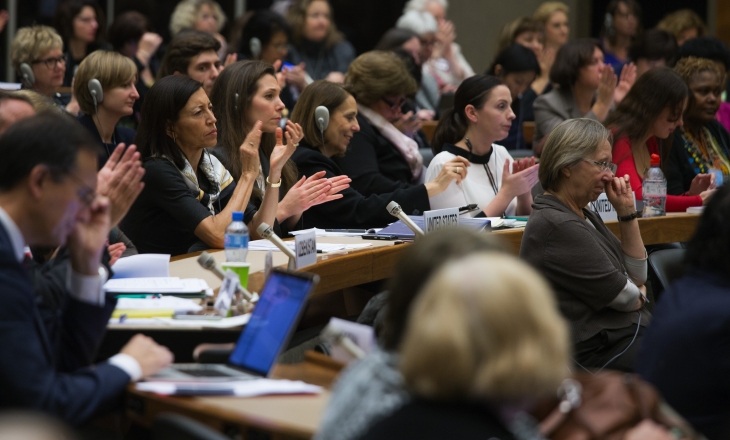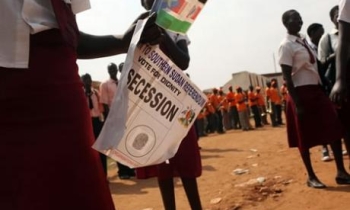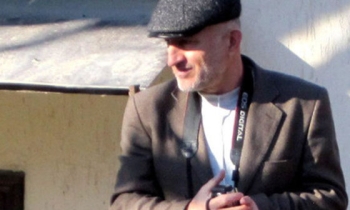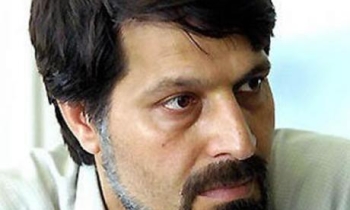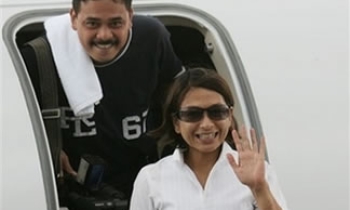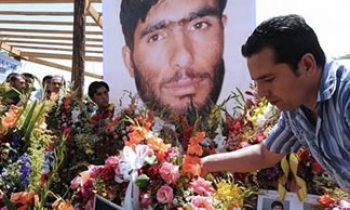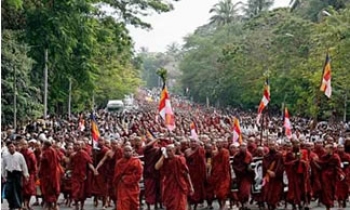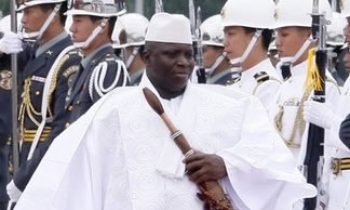One of the most vexing problems with the multilateral system is the chronic lack of broad public interaction that tends to characterise discussion and debate at the United Nations and elsewhere.
While efforts at “stakeholder input†do irrefutably important work, they are rarely able to bring to the table truly broad public input — even when the issues under negotiation could eventually have wide and long-lasting impact.
Part of the problem, certainly, is that the media at both the national and international levels has largely decided that readers find global-level discussions to be boring, irrelevant, confusing or — by far the most likely — all three. (Interestingly, this is often somewhat less of a problem in developing countries, where public interest in development issues is more advanced than in many parts of the West.)
As an organization of journalists focused on an at-times obtuse multilateral process, this is certainly an area in which Citiscope is particularly interested. So, during the recent negotiations in Nairobi in preparation for next year’s Habitat III conference, we decided to bring together media practitioners, civil-society advocates and others to discuss how to strengthen media interest in — and knowledge about — Habitat III. The forum also looked at ways that civil-society groups could more readily catch the media’s attention on these and related issues.
The panelists were clear that the media has a vital role to play in the push for worldwide sustainable urban development. Several pointed to the fact that climate change, for instance, has become a front-page issue around the world — and one for which cities will play a hugely important part. So how can the mainstream media interest in a once-niche issue like climate change translate into a thirst for news on urbanisation?
For one, that kind of newsgathering may already be under way. “Local media don’t realise they are already doing urbanisation reporting,†said panelist Rosa Surinach, press liaison for the Habitat III Secretariat.
Rasna Warah, an author and columnist with the Kenyan Daily Nation who handled communications for the Habitat II Secretariat during the 1996 iteration of the conference, is one former neophyte who became a convert. “I had no background and became a devout urbanist,†she said, highlighting the romance of urban scenes. “The city becomes almost another character in the story.â€
Warah added that cities are an urgent setting for today’s global headlines. “The wars of the 21st century will be conducted in cities,†she said, pointing to the civil war in Syria as an example. “Today, historic cities like are Aleppo are under siege.â€
Telling city stories
The event also served as a time to strategise about the rare opportunity that Habitat III presents for the media to write about how cities position themselves with regard to nation states and metropolitan areas. This critical dialogue — world cities finding themselves at a crossroads in terms of their responsibilities, both local and global — is essential for the Habitat process, participants said, and cannot occur in full in the absence of clear media pursuit of these issues.
“Cities need to be able to tell their stories as much as national governments,†moderator Neal Peirce, Citiscope’s editor-in-chief, said. “Think back to the Hanseatic League — cities have been a unit of government much longer than the nation state.â€
Certainly the difficulty in getting the world’s media interested in the global urban discussion has long been a challenge. Warah reflected on how Habitat II emerged as part of a family of U . conferences in the early 1990s that was charting out the 21st century, of which cities and urbanisation played an important part. She recalled the challenge of interesting mainstream media — requiring at times, feeding stories to journalists or even writing them outright.
Habitat II was able to successfully corral media interest through a traditional method: celebrity endorsement, in this case from Jane Fonda. Warah also recalled how the presence of Fidel Castro galvanised the media, suggesting that news coverage was personality-driven.
Worryingly, Warah warned that media buzz today for Habitat III is at a lower level than it was at a similar point ahead of Habitat II. However, others suggested that concern about limited coverage depends on one’s definition of it. Even if the New York Times is not yet covering the process, for example, lots of community newsgathering takes place in the form of newsletters and other grassroots media, Jan Peterson of the Huairou Commission noted.
The event will also offer an opportunity to turn around typical coverage of certain thematic areas.
“Women are on the front lines of issues like public transit, health care and public space,†said panelist Rachael Wyant, also of the Huairou Commission. “But women are often portrayed as vulnerable recipients of aid. The media coverage of Habitat III can turn around the narrative and see women as innovators and stakeholders.â€
The Habitat process is also well situated to be linked to ongoing major stories. For instance, there is already growing interest among the mainstream media around both the Post-2015 Development agenda and, especially the COP 21 climate negotiations that will take place at the end of this year.
De-jargon!
Still, those involved with the Habitat process could take some basic steps to more warmly welcome those interested in urban issues. David Ohito, a Nairobi editor, expressed concern about the prevalence of jargon within press releases, press briefings and urban conferences in general. He urged UN-Habitat to teach journalists about specific terminology that comes up in the context of conferences like Habitat III.
Obinna Anyadike, a long-time development editor, argued that if the story is good, one does not need jargon — we all live and breathe cities anyway, he said. He made a straightforward case for the inherent newsworthiness of cities. “Urban stories are usually about power and money. Nothing is sexier than that,†he said.
That type of context should allow for a different type of coverage for the Habitat III conference itself, too. The conference can be a platform for better journalism provided it escapes from the traditional journalist narrative on conferences, panelists noted, including the typically dry reports on final communiqués and attempts to establish who “won†or “lost†the negotiation.
Rapid urbanisation has made cities a place of social transformation, Anyadike noted, and thus an ideal setting for interesting journalism. With over half the world’s population living in cities, there should be no lack of stories for intrepid reporters. As the classic 1948 film “The Naked City†concludes, “There are eight million stories in the naked city. This has been one of them.â€
Citiscope is a nonprofit news outlet that covers innovations in cities around the world. More at Citiscope.org. Read the original article.

